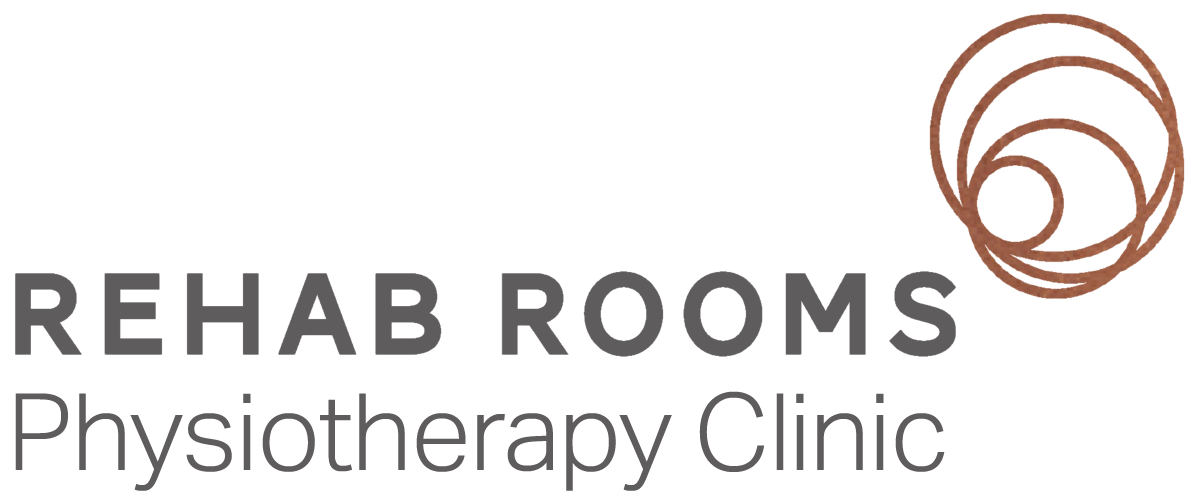Hip Pain
The hip joint is a ball and socket joint that moves in multiple directions. It produces more movement than any other joint in our lower limb. Our hips rely on the joint surface, ligaments, labrum and surrounding muscles to stay healthy. If any of these are affected by degenerative change, repetitive strain or sudden injury, hip pain can develop.
Hip pain can present at the front of the joint, in the groin, deep in the bottom or on the outside of the hip/upper thigh. The underlying issue depends on the area of pain and in some cases, several structures may be involved.
Osteoarthritis
Where are the symptoms and what does it feel like?
You may feel pain, stiffness or decreased movement in your hip joint. Pain is often felt in the groin and/or front of the thigh and may travel as far as your knee joint. Stiffness tends to be worse first thing in the morning or after periods of inactivity.
How did it happen?
Gradually over time the cartilage covering the ends of the bones where they meet to form the joint wears away. This results in less shock absorption around the joint and pain when the joint surfaces rub off each other.
What is it stopping you from doing?
Putting on shoes and socks, walking and sitting in low chairs can be restricted and painful.
How can we get you better?
We can help you improve your hip strength and movement so that your walking ability and daily activities are less painful and more enjoyable.
Hip Tendon Pain
Where are the symptoms and what does it feel like?
You may feel a dull ache on the outside of your hip (gluteal region), the crease under your bottom (hamstring region) or at the front of your hip (hip flexor region). This can may be sharp at times depending on the activity you are doing.
How did it happen?
Tendon pain often begins after we increase our activity levels or start a new activity such as walking, running, a new gym class or programme, or more activities that involve climbing stairs or jumping. The pain can be worse first thing in the morning, during or after activity and can gradually worsen over time. Tendon pain can be more common over 40 years of age as some wear can set in on the tendons.
What is it stopping you from doing?
Carrying out our normal day to day activities including walking, hill walking and stairs can be painful. Pain may also limit the movement of the hip making you feel a bit stiffer than normal.
How can we get you better?
We can help decrease pain and inflammation associated with this type of injury. You may need to take a short break from activity that was causing it. All the research points to exercise rehabilitation as the mainstay of management. We aim to strengthen the muscles around your hip joint to give the tendon the best environment to heal and cope with higher levels of load.
Bursitis
Where are the symptoms and what does it feel like?
Bursae are fluid filled sacs found between muscles, tendons and bones. They act like shock absorbers to decrease friction between the structures. When they get inflamed, they can cause localised sharp or dull pain.
How did it happen?
Repeating the same movements over and over again can cause strain on the muscles and lead to bursae inflammation. A fall directly on the outside of the hip can irritate the bursa too.
What is it stopping you from doing?
It can be painful to lie on the sore side in bed at night, to walk, climb stairs, sit or stand in one position for too long or move from a seated to standing position.
How can we get you better?
Bursae inflammation is treated with a combination of rest, therapeutic ultrasound to reduce pain and inflammation, muscle massage and strengthening exercises for the hip area. We provide advice and education on what activities you can and cannot do to gradually get the inflammation to settle.
Rehab after a Total Hip Replacement
Where are the symptoms and what does it feel like?
You may experience a dull ache or feeling of stiffness on the outside of your hip post-surgery. You may also feel a little off balance and notice that you are not walking in the normal way.
How did it happen?
Most patients will have had a hip replacement due to severe wear and tear of the hip joint. Others may have needed surgery due to ongoing hip problems since birth or in their teenage years.
What is it stopping you from doing?
Following a hip replacement your activities will be restricted and you can gradually increase your activity as the new joint settles in. Too much exercise early on after a joint replacement can cause the hip to get sore and may cause swelling. You might be stiff first thing in the morning or sore when lying in bed at night.
How can we get you better?
Everyone’s recovery after a joint replacement is different depending on your age, the condition of the joint before you got it replaced and the type of replacement you had. Working with your surgeon’s guidelines we can guide you through a successful rehab programme to improve your walking pattern, provide you with an individual graded exercise programme to increase your mobility, reduce stiffness and make you stronger so that you can get back to your activities.
